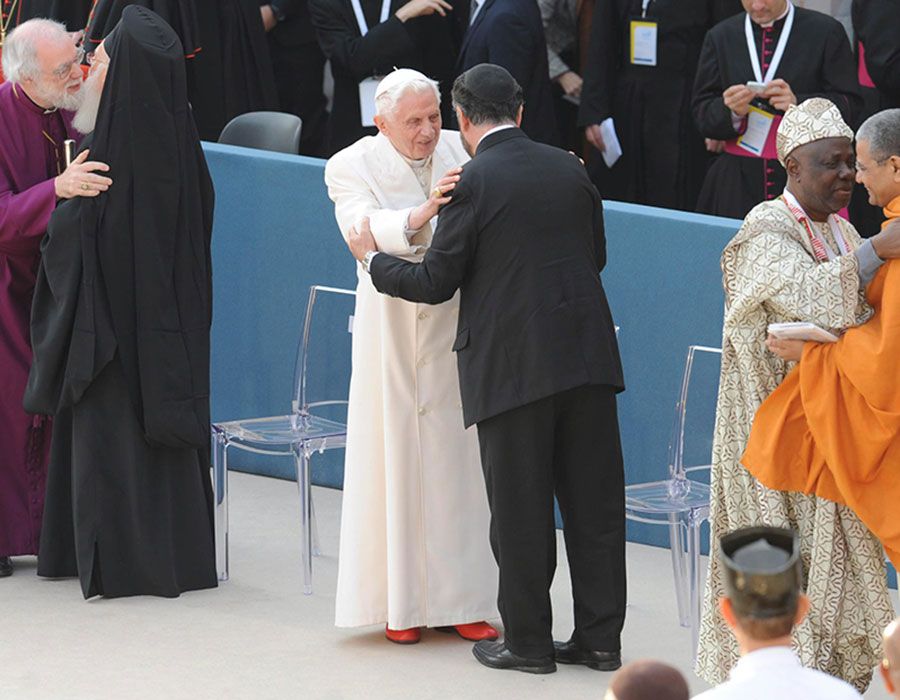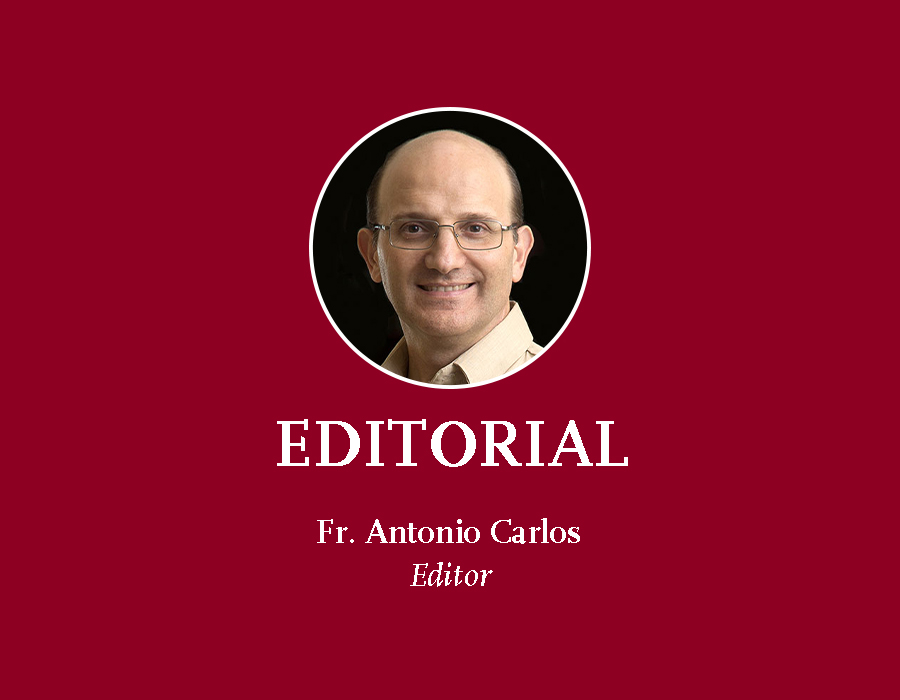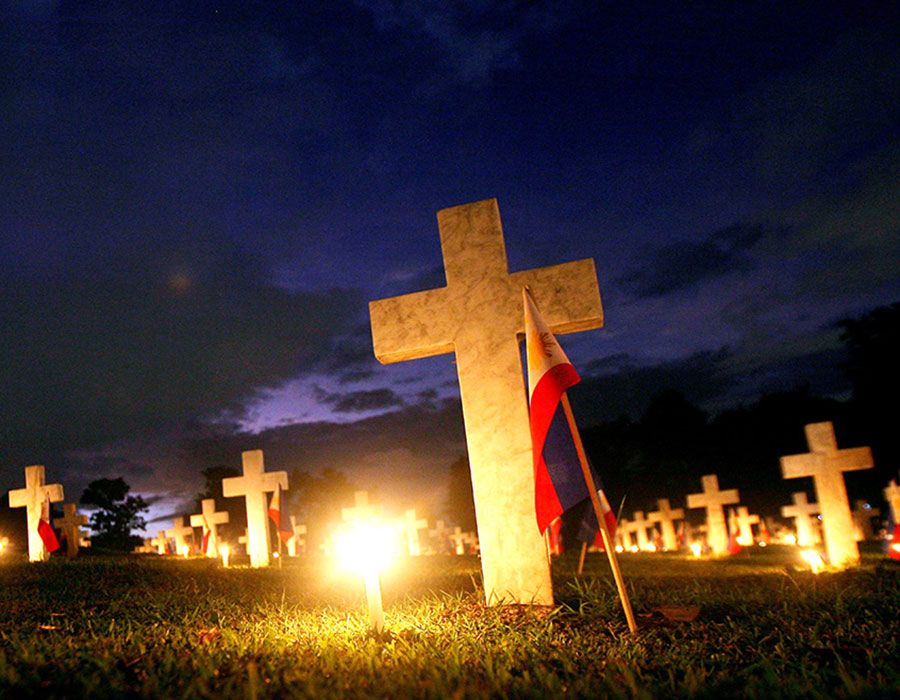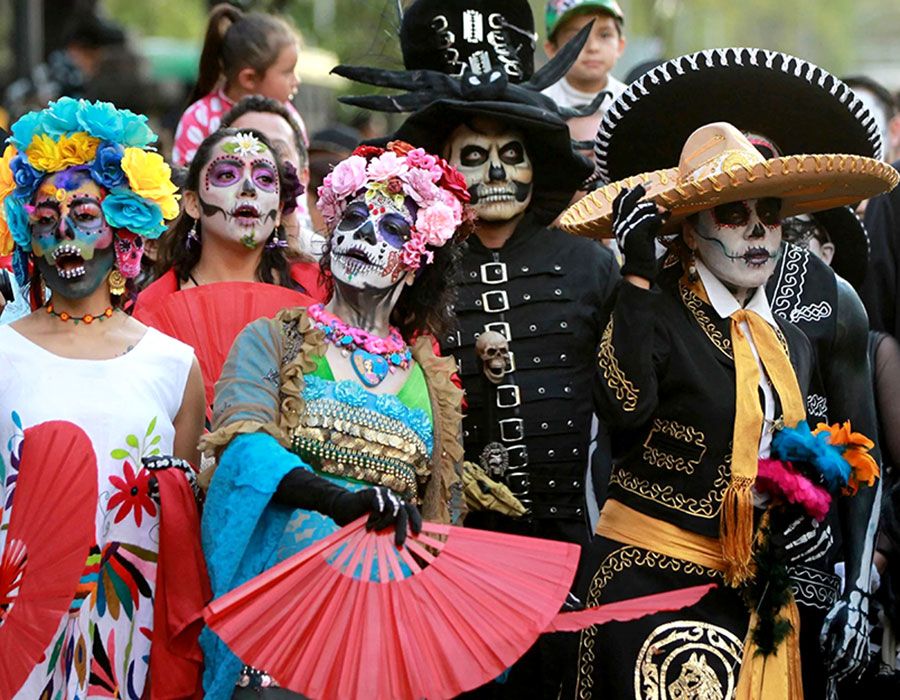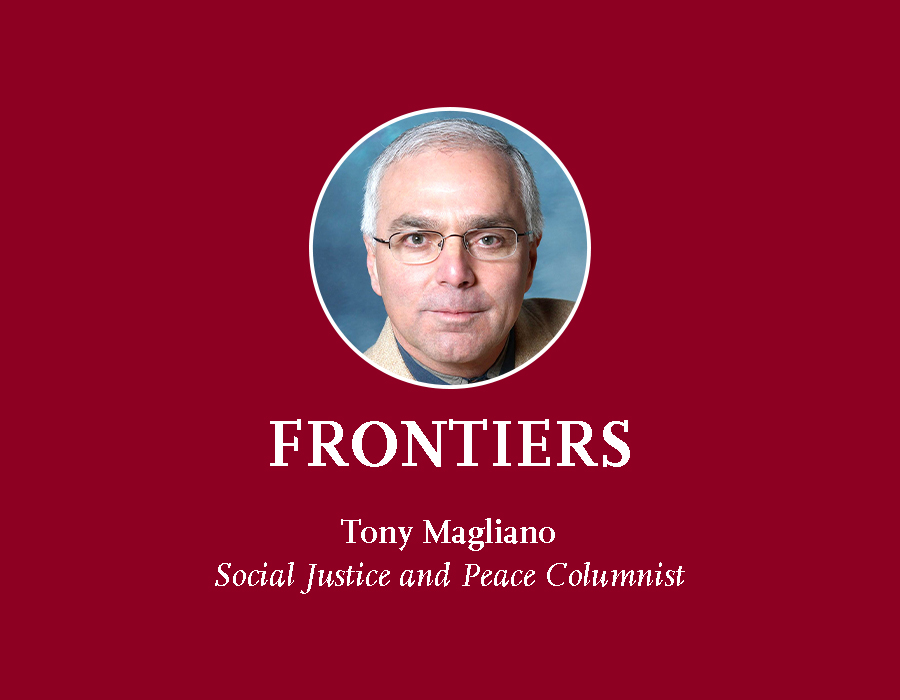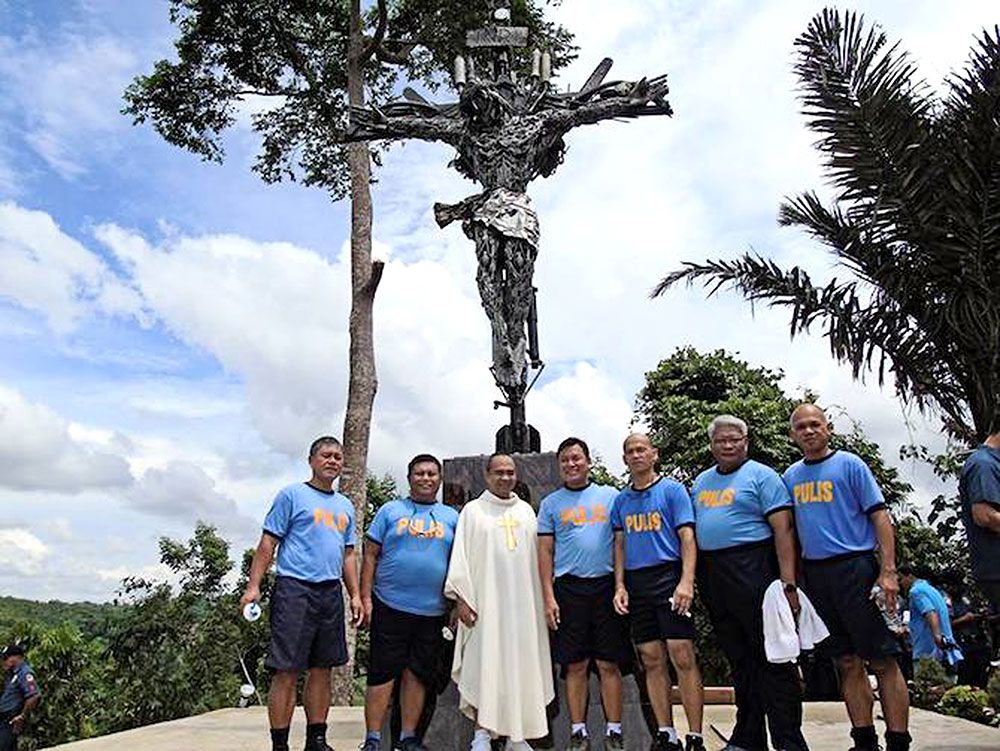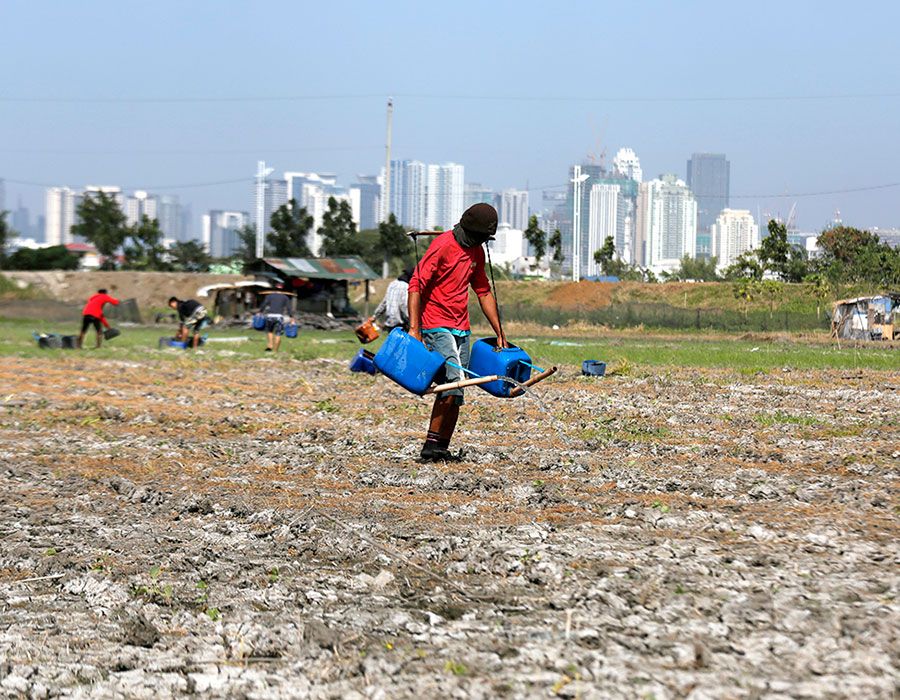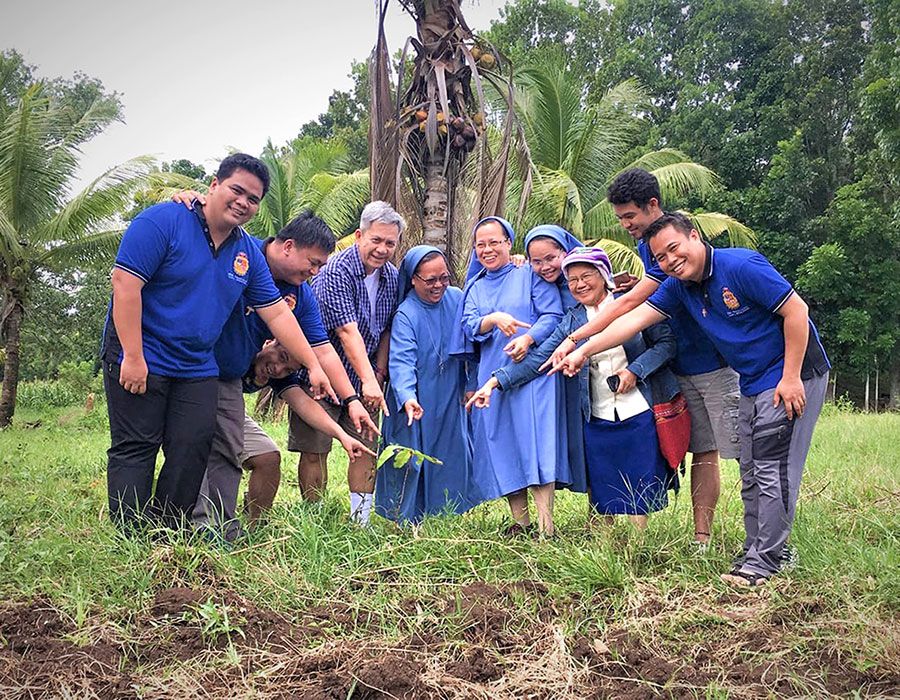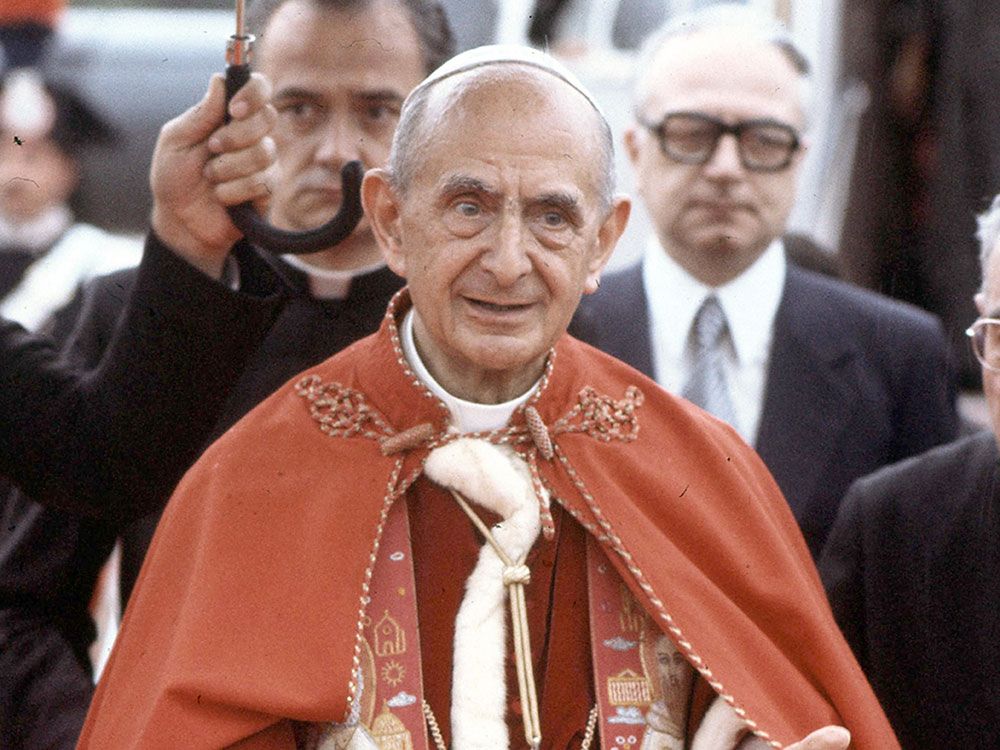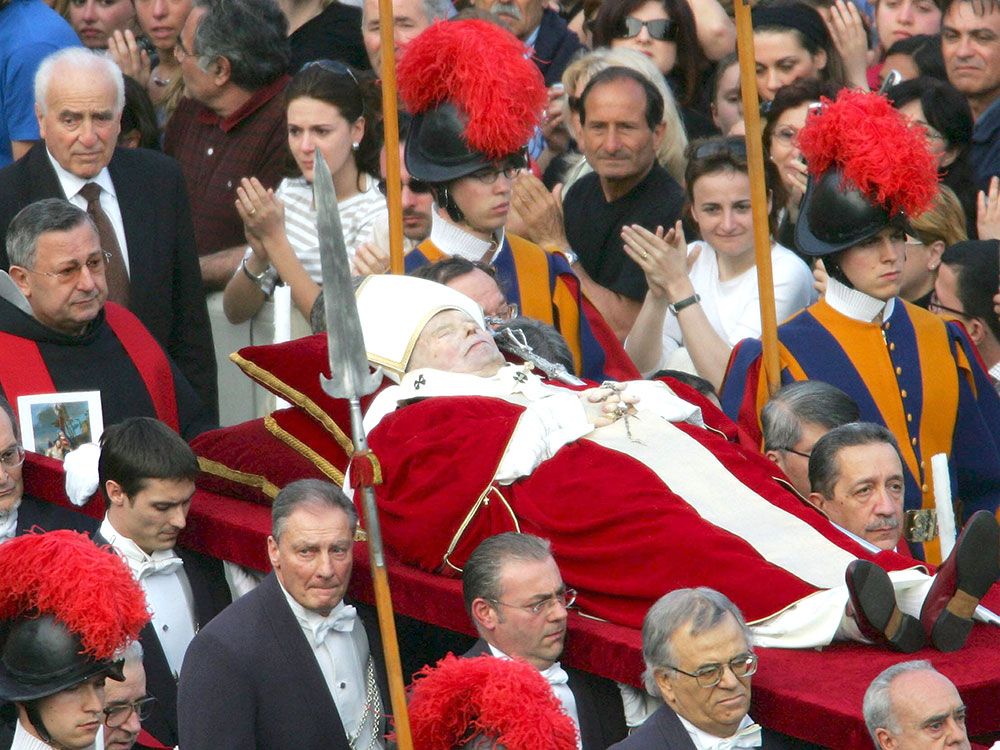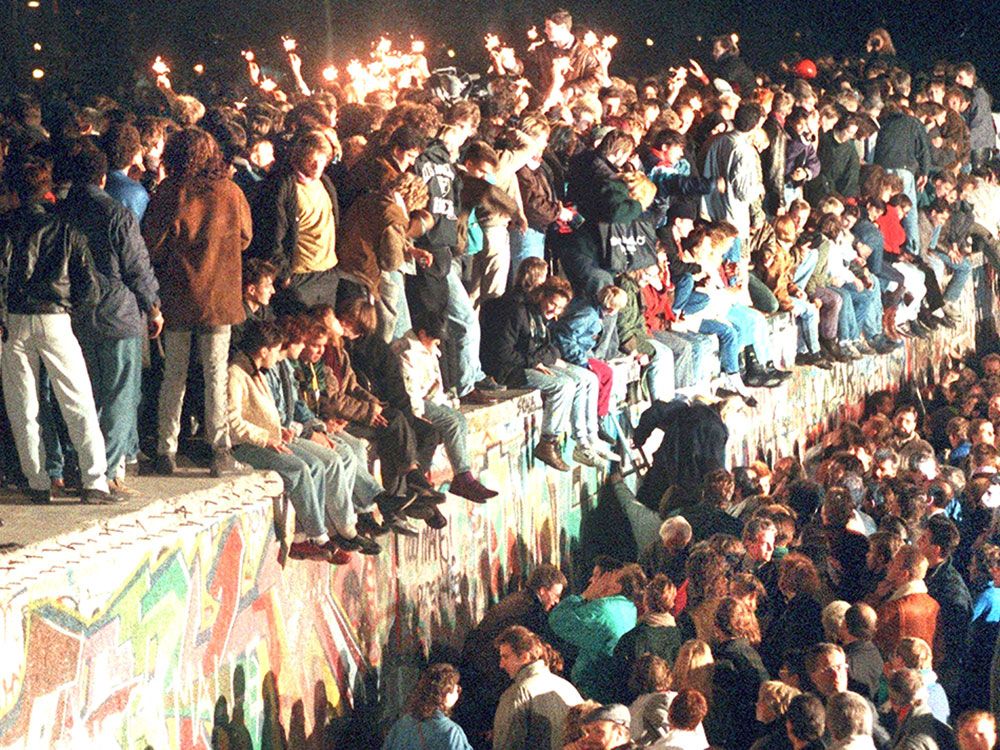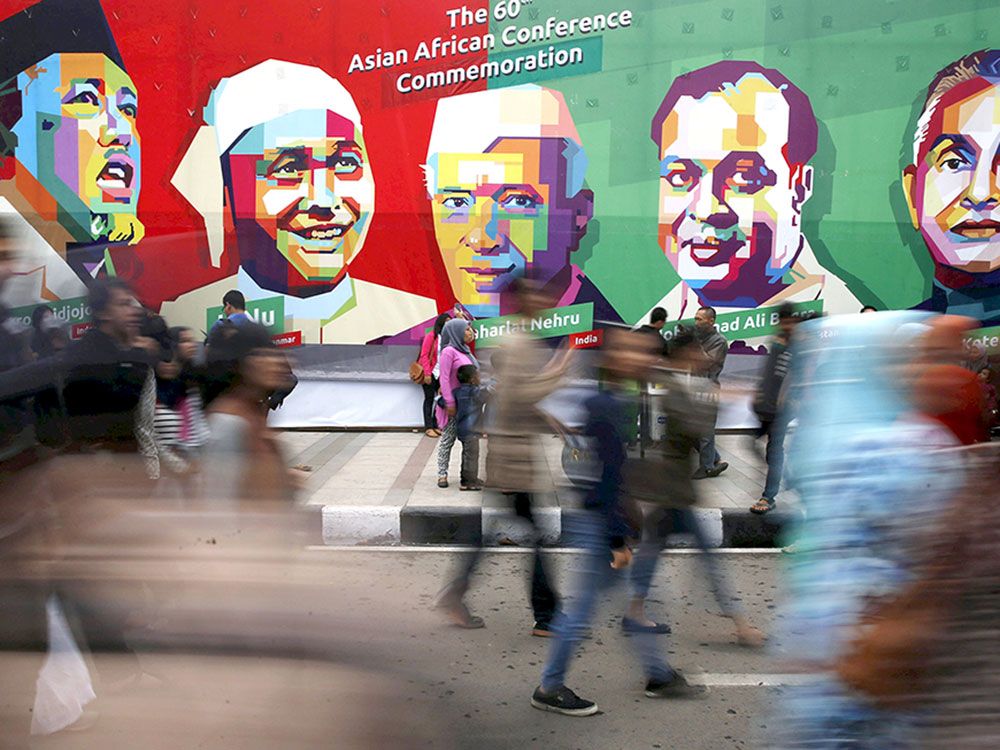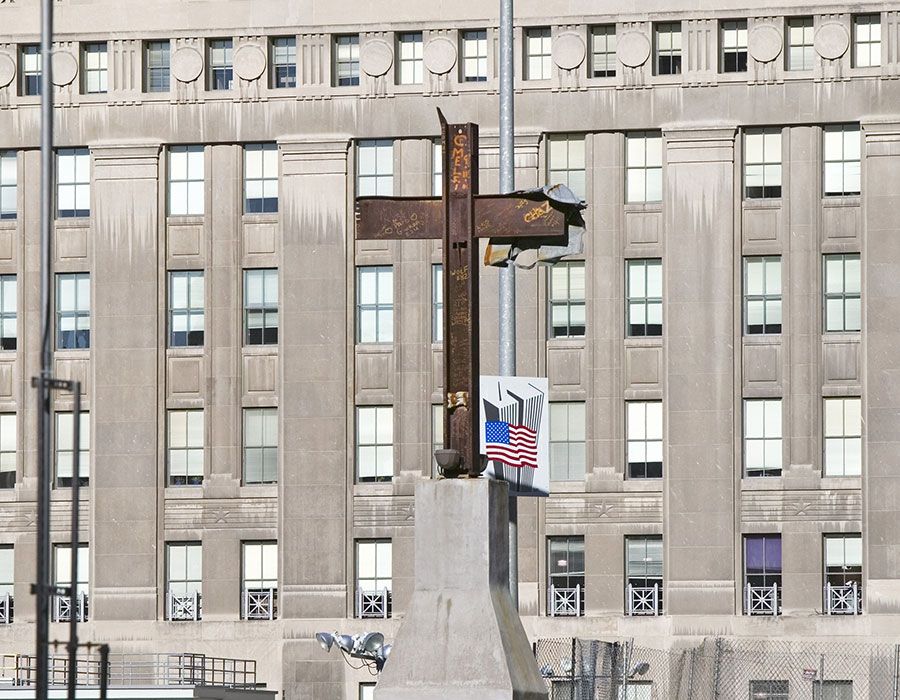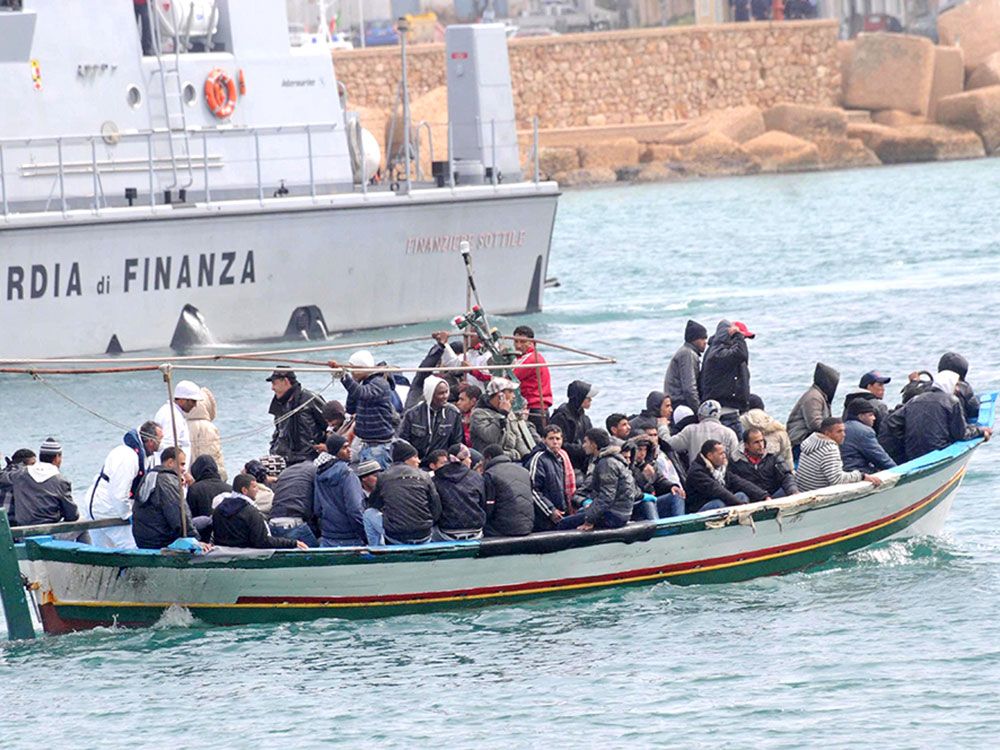Pope John Paul II was a magnificent defender of the sacredness of human life, marriage, family, and the dignity of women, in a host of inspiring encyclicals and other writings. He was hugely instrumental in bringing about the fall of communism in Russia and Eastern Europe. He was a wonderful communicator of the faith to young people at the World Youth Days he instituted.
How many young men and women have decided to dedicate themselves to the priesthood and religious life as a result of attending one of these occasions? There is much more that could be cited in the saintly pope’s favor, yet his most original and courageous initiative is the Meeting of Assisi of October 27, 1986.
John Paul II was convinced that continuous dialogue between different denominations and religions was the most effective means of bringing about mutual understanding and reconciliation. He knew that people who shared belief in a supernatural reality could come together, find common ground, and pray communally for peace. He also knew, however, that only the Roman Pontiff, by virtue of his particular situation and prestige, has sufficient clout among world religious leaders to call a gathering of this kind.
Saint John Paul II, therefore, in great apprehension about the level of strife and warfare in the world (it must be remembered that in 1986 the whole of Eastern Europe was under the grip of the former Soviet Union, with its enormous arsenal of nuclear weapons still targeting the West), courageously decided to promote a movement to strengthen the cause of peace throughout the world: an ecumenical gathering to pray for peace.
In The City Of Saint Francis
He decided that the best place from which to launch this initiative was Assisi, the city of Saint Francis, the saint of universal brotherhood and of love for all creatures. In this way on October 27, 1986, Pope John Paul II succeeded, for the first time in history, in bringing together 160 religious leaders from all over the world: Catholic, Protestant and Orthodox Christians, as well as representatives of Hinduism, Sikhism, Buddhism, Judaism, Islam, African and North American animists, Shinto, Zoroastrians and Baha’i.
They represented 32 Christian religious organizations and 11 other non-Christian world religions. The meeting was a milestone event which gave enormous impetus to the worldwide peace movement, and at the conclusion of the event, Pope John Paul said, “For the first time in history, we have come together from everywhere, Christian Churches and Ecclesial Communities, and World Religions, in this sacred place dedicated to Saint Francis, to witness before the world, each according to his own conviction, about the transcendent quality of peace”.
Since then it has been renewed each year and has seen the presence of Pope Benedict XVI for the 25th anniversary in 2011, and that of Pope Francis for the 30th anniversary in 2016. The past 30 years have included points of strength and weakness. People have become more aware of the need to attain cohesion and integration. There have been several international initiatives which significantly indicate that religion is an inevitable factor which genuinely contributes to harmony among peoples.
Yet, these bright images were concomitant with bleak and painful ones whereby terrorist groups have emerged with people recruited to kill and torment others in the name of religion and God. Prayer is more than ever necessary to promote peace and to overcome the culture of violence. In this context, the praise goes to the Community of Saint Egidio, a Catholic lay movement, which has organized ecumenical prayers among different religions every year after Assisi 1986. It has kept alive the “Spirit of Assisi”.
The “Spirit Of Assisi”
The first to use this phrase was Pope John Paul himself during a speech on October 29, 1986. The Pope had just received a group of representatives of some non-Christian religions who had been with him in Assisi two days before, and who, before returning home, wished to see him again. John Paul reminded them of the importance of the Assisi event, and thanked them for their participation.
He then concluded his speech with these words, “You are about to return to your various homes and centers. I thank you again for coming and I wish you a safe journey. Let us continue to spread the message of peace. Let us continue to live the spirit of Assisi.”
From that time on, Saint John Paul II frequently used this expression because he believed it effectively conveyed the essence of what the Second Vatican Council wanted to say in the document Lumen Gentium (“Light of the Nations”), where the Church is presented as a “sign and instrument both of a very closely knit union with God and of the unity of the whole human race,” and in particular in the document Nostra Aetate (“In Our Age”), which treats the issue of ecumenism and the relationship between Christianity and the other religions.
The ‘Spirit of Assisi’ can be summarized in these three points: the inestimable value of peace and the responsibility of the world’s religions towards achieving it; the awareness of the importance of prayer in obtaining the gift of peace; the necessity of getting to know and to respect other human beings, irrespective of their faiths.
Saint Francis is the saint who, more than any other, lived the Gospel in the fullest way possible by becoming ‘a living image of Christ crucified.’ His human and Christian experience, with its high spirituality and artistic elements, still arouses admiration in all men and women today, irrespective of race, culture and religion.
Francis’ search for peace is proverbial and characteristic of his whole life. The formula with which he greeted people and has remained for the Franciscans is: Pax et Bonum (Peace and Goodness). It is highly significant that these ecumenical meetings of prayer for peace took place in his city.

